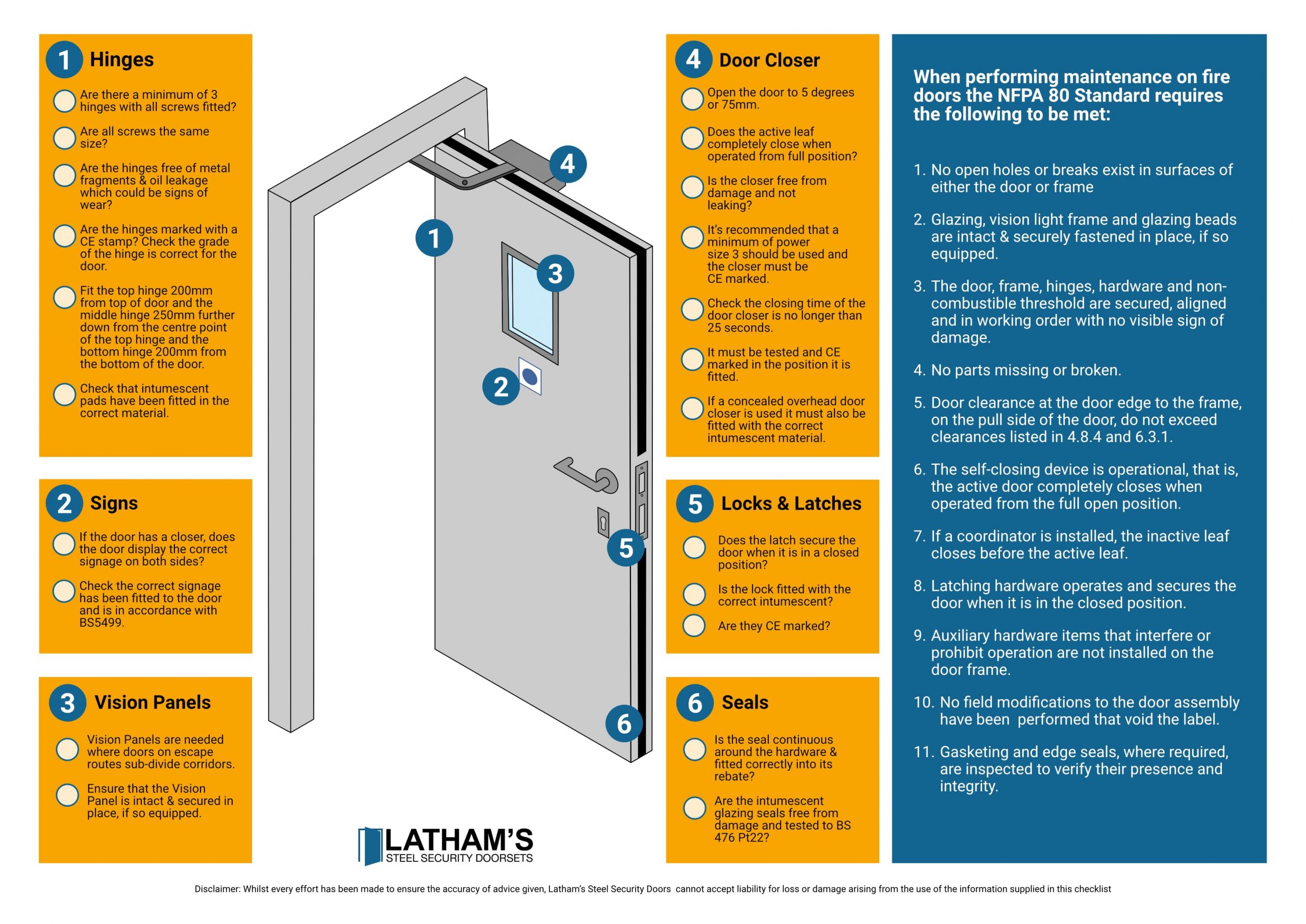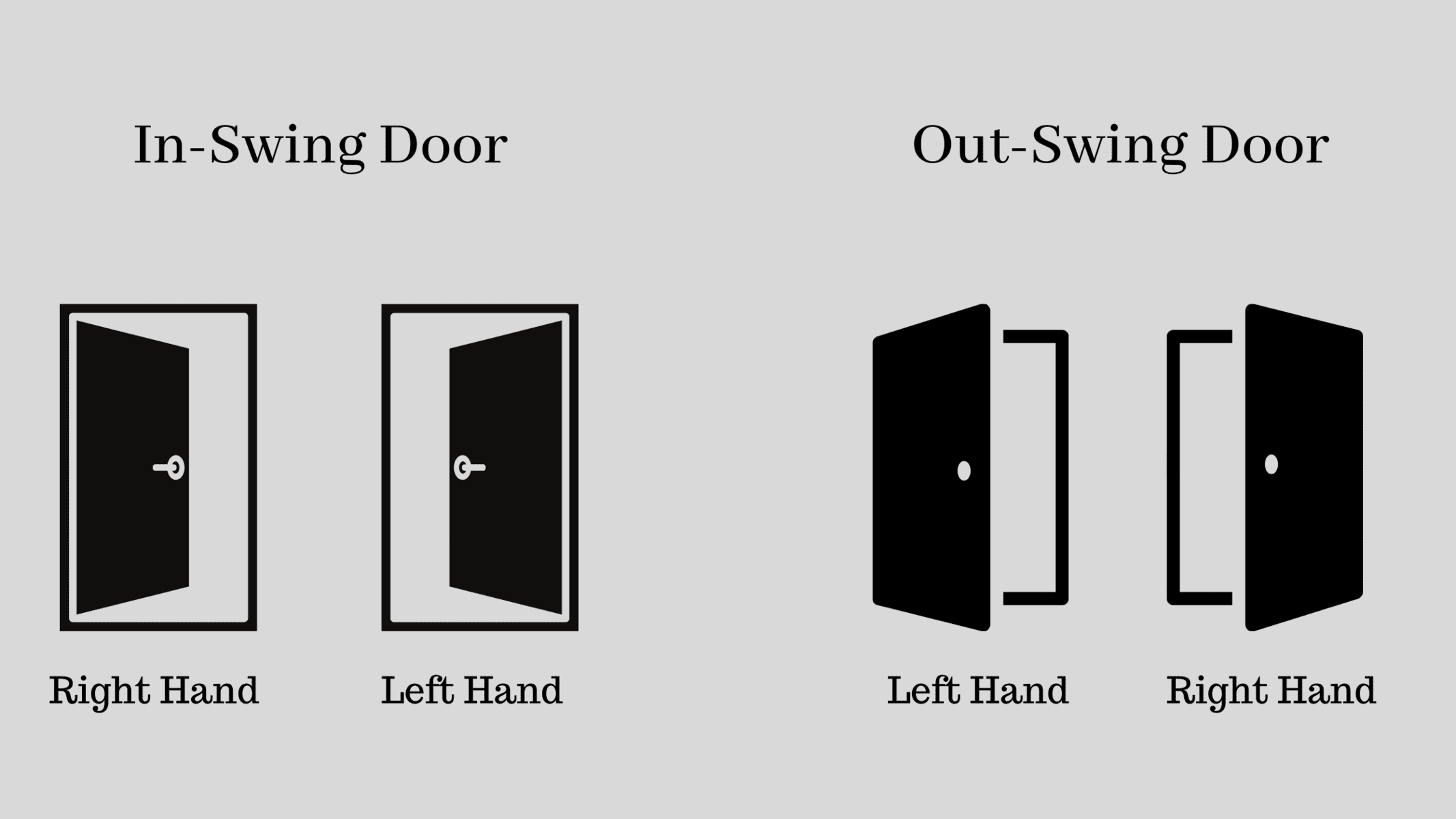Bathroom Door Swing Requirements

Bathroom door swing direction is a critical safety and accessibility feature that is regulated by building codes. Understanding and adhering to these regulations is essential for ensuring the safety and functionality of bathrooms in both residential and commercial buildings.
Bathroom Door Swing Direction
The direction in which a bathroom door swings is a critical safety and accessibility feature regulated by building codes. The direction of the swing is designed to prevent the door from obstructing access to the bathroom and to allow for safe and convenient use of the space. For example, a bathroom door swinging inward could block access to the bathroom if the door were to open into a narrow hallway or corridor.
Types of Bathroom Door Swings
There are three main types of bathroom door swings:
- Inward Swinging Doors: These doors swing into the bathroom space. They are typically the most common type of bathroom door, and they are often used in smaller bathrooms where space is limited.
- Outward Swinging Doors: These doors swing out of the bathroom space. They are typically used in larger bathrooms or in situations where there is sufficient space to accommodate the swing of the door. They are also sometimes used in bathrooms that are accessible to people with disabilities, as they provide more space for wheelchair access.
- Sliding Doors: These doors slide along a track and do not swing. They are typically used in bathrooms where space is limited, as they do not require any swing space. They are also often used in bathrooms that are accessible to people with disabilities, as they provide a wider opening for wheelchair access.
Code Requirements for Bathroom Door Swings
Building codes specify the minimum requirements for bathroom door swings. These requirements vary depending on the type of bathroom and the location of the door. For example, the code requirements for a bathroom door in a residential building may be different from the code requirements for a bathroom door in a commercial building.
Here are some common code requirements for bathroom door swings:
- Inward Swinging Doors: Inward swinging doors are typically required to swing a minimum of 90 degrees. They should also be equipped with a self-closing mechanism and a latch that can be easily opened and closed. The door should be clear of any obstructions that could interfere with its operation. For example, the door should not swing into a toilet, sink, or shower.
- Outward Swinging Doors: Outward swinging doors are typically required to swing a minimum of 90 degrees. They should also be equipped with a self-closing mechanism and a latch that can be easily opened and closed. The door should be clear of any obstructions that could interfere with its operation. For example, the door should not swing into a hallway or corridor.
- Sliding Doors: Sliding doors are typically required to slide along a track that is securely fastened to the wall. The track should be free of any obstructions that could interfere with the operation of the door. The door should also be equipped with a latch that can be easily opened and closed.
Common Code Violations Related to Bathroom Door Swings
Here are some common code violations related to bathroom door swings:
- Doors Swinging into Obstructions: A common code violation is a door swinging into an obstruction, such as a toilet, sink, or shower. This can create a safety hazard and make it difficult to use the bathroom. For example, if a door swings into a toilet, it could be difficult to use the toilet if the door is open. A door swinging into a shower could also be a safety hazard, as it could create a slippery surface.
- Doors Not Swinging a Minimum of 90 Degrees: Another common code violation is a door not swinging a minimum of 90 degrees. This can make it difficult to enter and exit the bathroom. For example, if a door only swings 75 degrees, it may not be possible to fully open the door without hitting an obstruction.
- Doors Not Equipped with a Self-Closing Mechanism: Doors that are not equipped with a self-closing mechanism can be a safety hazard. For example, if a door is left open, it could create a draft and make it difficult to maintain a comfortable temperature in the bathroom. It could also create a safety hazard, as it could be left open and allow someone to accidentally walk into the bathroom.
- Doors Not Equipped with a Latch: Doors that are not equipped with a latch can be a safety hazard. For example, if a door is left open, it could allow someone to accidentally walk into the bathroom. It could also create a safety hazard, as it could be left open and allow someone to accidentally walk into the bathroom.
- Doors Not Properly Secured: Doors that are not properly secured can be a safety hazard. For example, if a door is not properly secured, it could swing open and injure someone. It could also allow someone to accidentally walk into the bathroom.
Accessibility and Bathroom Door Swing

Accessibility in bathroom design is paramount, ensuring everyone can comfortably and safely use these spaces. The Americans with Disabilities Act (ADA) establishes guidelines to ensure accessibility for individuals with disabilities. This section explores how bathroom door swing direction plays a crucial role in achieving accessibility, particularly for wheelchair users.
Door Swing Direction and Wheelchair Access, Bathroom door swing building code
The direction a bathroom door swings significantly impacts wheelchair access. A door swinging inwards, towards the bathroom, can create a significant obstacle for wheelchair users, requiring them to maneuver in a tight space.
- A door swinging outwards, away from the bathroom, provides ample clearance for wheelchair users to enter and exit the space without encountering any obstruction.
- Outward-swinging doors also allow for the use of assistive devices like walkers or crutches, promoting greater independence and ease of movement.
Factors Influencing Bathroom Door Swing: Bathroom Door Swing Building Code

The direction a bathroom door swings can significantly impact the functionality and aesthetics of the space. Several factors, including room size, plumbing fixtures, and window placement, play a crucial role in determining the optimal swing direction.
Room Size and Door Swing
The size of the bathroom is a primary factor influencing the door swing direction. In smaller bathrooms, a door swinging inwards can create a cramped feeling, particularly if the door is wide. Conversely, a door swinging outwards may obstruct traffic flow in a narrow hallway or impede access to other rooms. In larger bathrooms, either swing direction can be feasible, allowing for greater flexibility in layout and design.
Plumbing Fixtures and Door Swing
The placement of plumbing fixtures, such as toilets, sinks, and showers, can also influence the door swing direction. For instance, a door swinging inwards towards a toilet can create a tight space, making it difficult to use the toilet comfortably. Similarly, a door swinging outwards towards a sink can obstruct access to the sink and countertop. Therefore, careful consideration of fixture placement is essential when determining the door swing direction.
Window Placement and Door Swing
The placement of windows in the bathroom can also affect the door swing direction. A door swinging inwards towards a window can obstruct natural light and ventilation. Conversely, a door swinging outwards towards a window may expose the bathroom to unwanted views or drafts. Therefore, the location and size of windows should be considered when deciding on the door swing direction.
Door Type and Swing Direction
The type of bathroom door also influences the choice of swing direction. Solid doors, typically used for privacy and sound insulation, can swing inwards or outwards depending on the space constraints. French doors, consisting of two panels, generally swing inwards to provide easy access and a sense of openness. Pocket doors, which slide into a wall cavity, offer space-saving advantages and are often preferred in smaller bathrooms.
Pros and Cons of Bathroom Door Swing Directions
The following table summarizes the pros and cons of different bathroom door swing directions, considering factors such as privacy, safety, and aesthetics.
| Door Swing Direction | Pros | Cons |
|---|---|---|
| Inwards |
|
|
| Outwards |
|
|
Bathroom door swing building code – So, you’re thinking about the bathroom door swing, right? Building code says it’s gotta be a certain way, but hey, you can still make it look awesome! Add some personality with brass bathroom door handles with privacy lock , they’re super stylish and add a touch of class.
Plus, you know, privacy is key, especially in the bathroom. Just make sure the swing direction fits the code, or you’ll be in trouble with the inspector!
You know, building codes are there for a reason, like making sure your bathroom door swings the right way. It’s all about safety and accessibility, man. But sometimes, you just gotta bang on the door when you’re in a hurry, right?
Like, “Yo, open up! I need to use the toilet!” This article talks about the whole banging-on-the-bathroom-door thing, which is a whole other story. But yeah, building codes are important, even if they don’t always make sense in the moment.